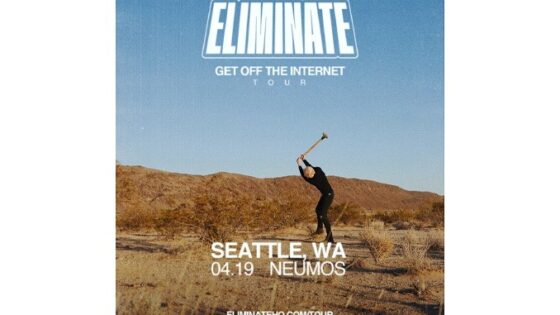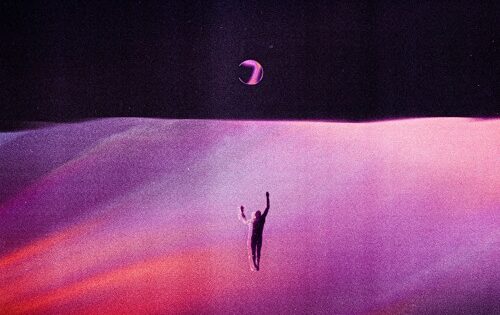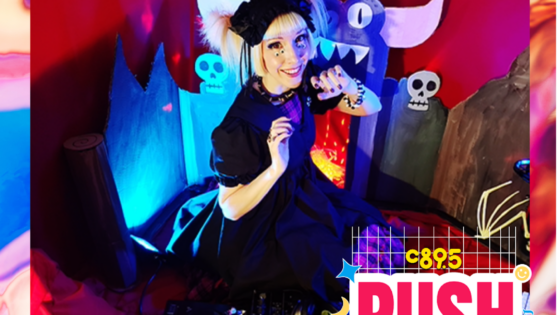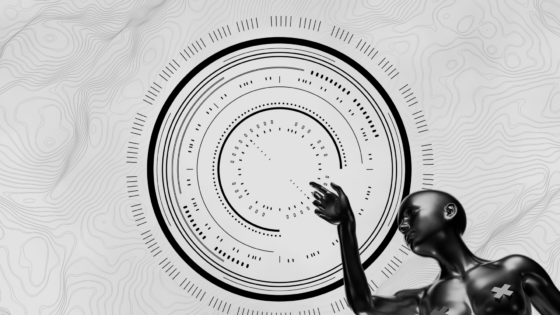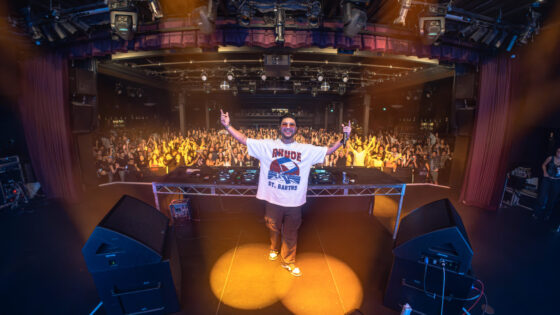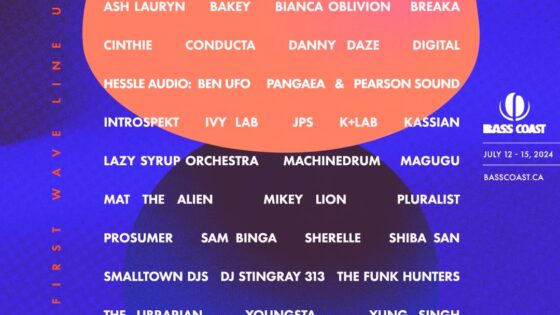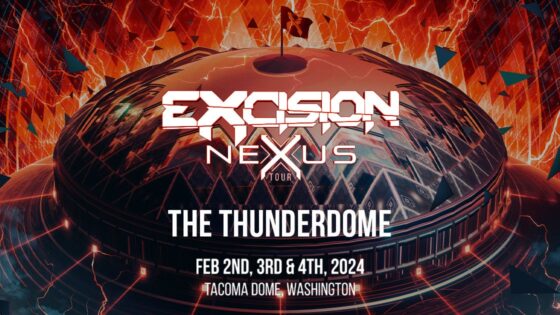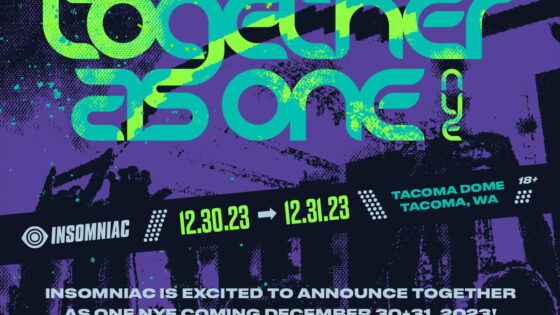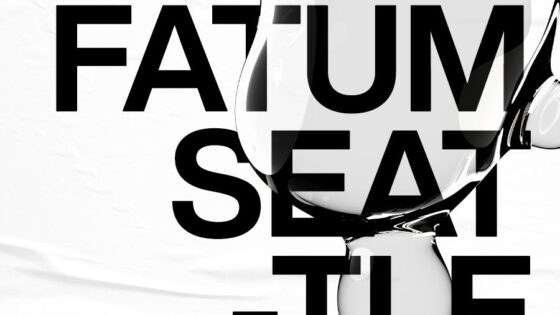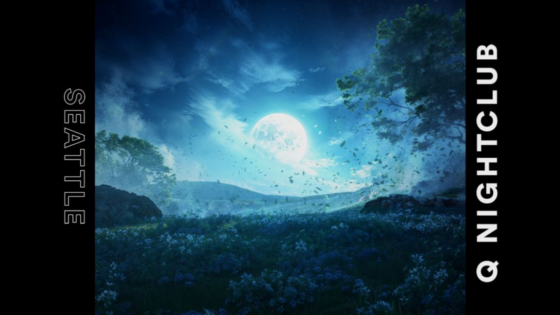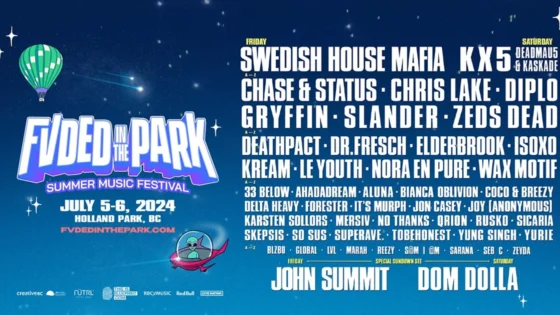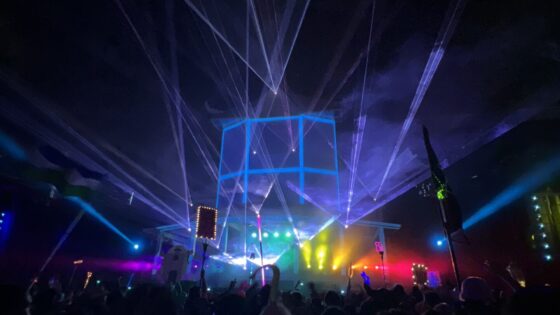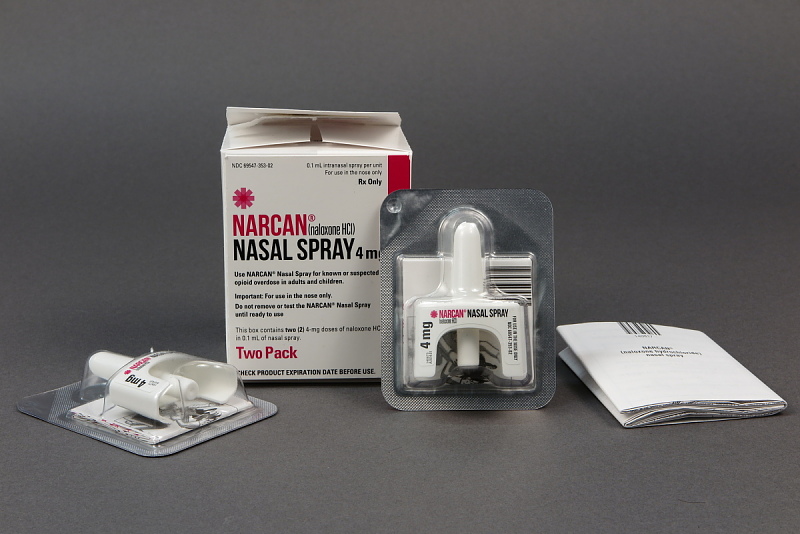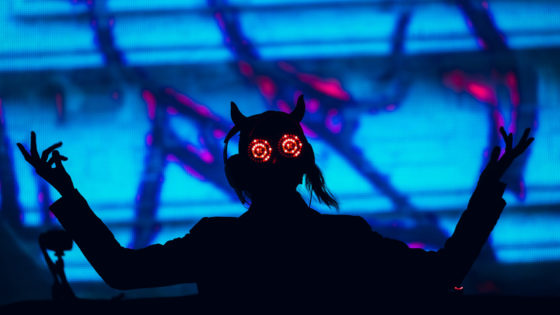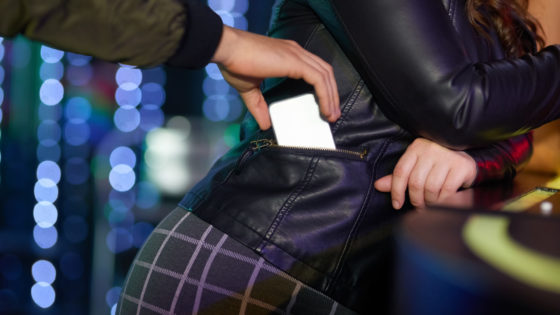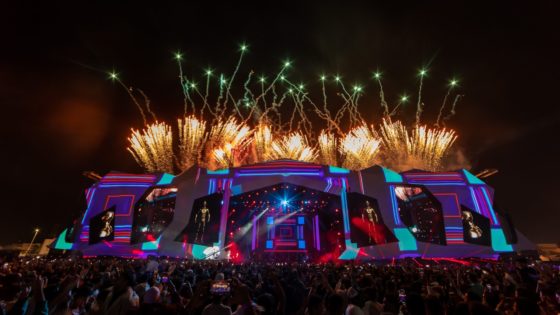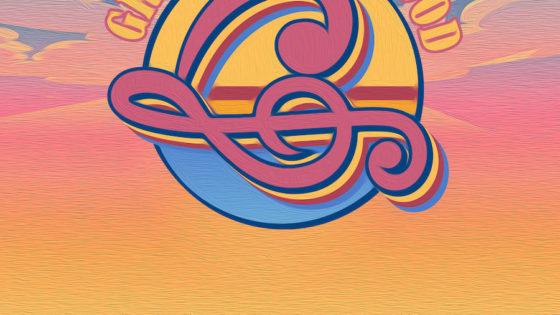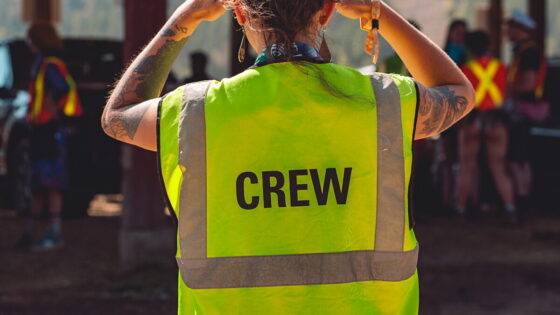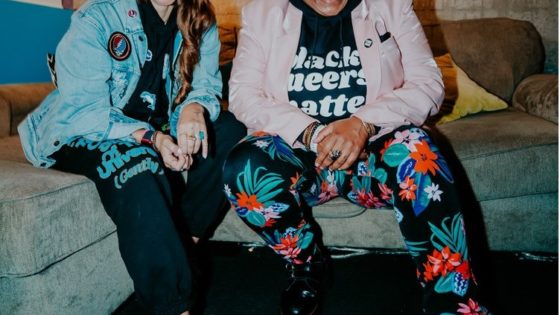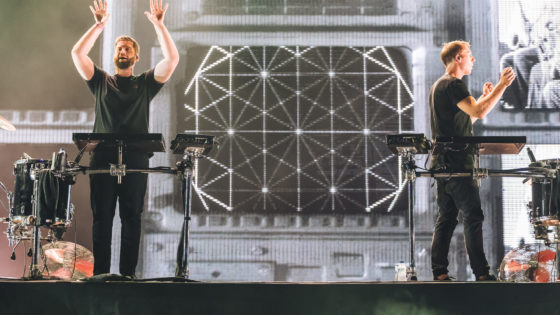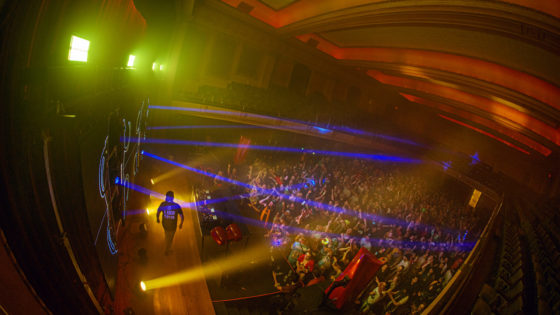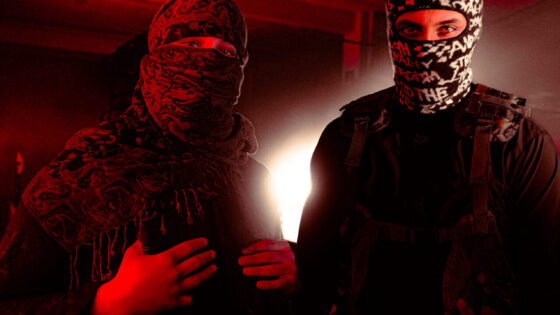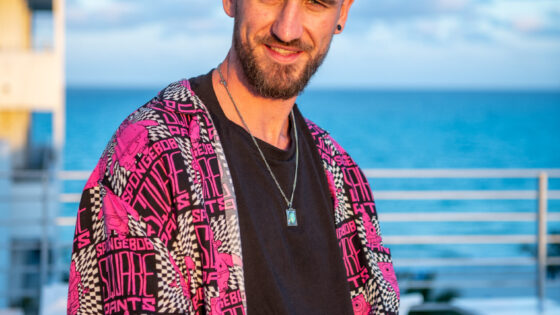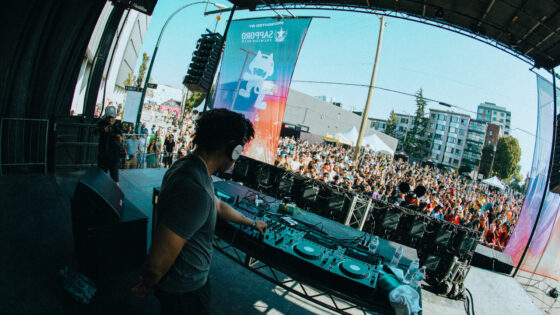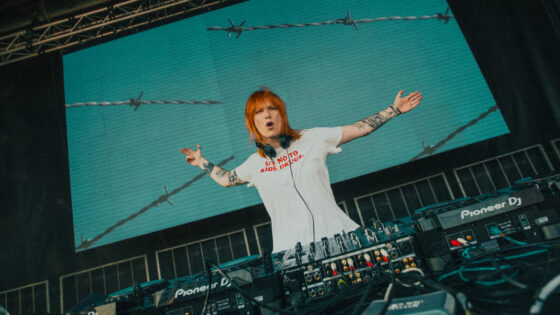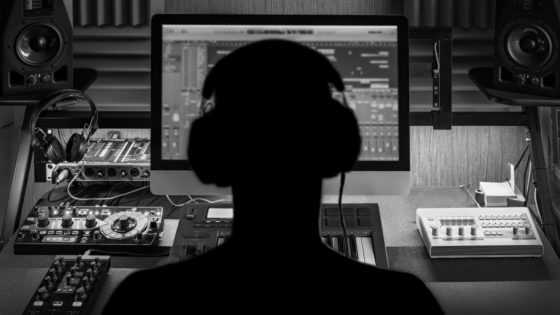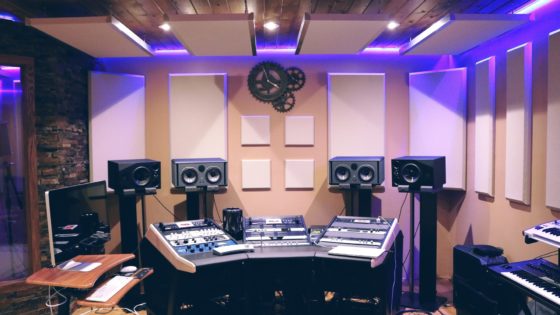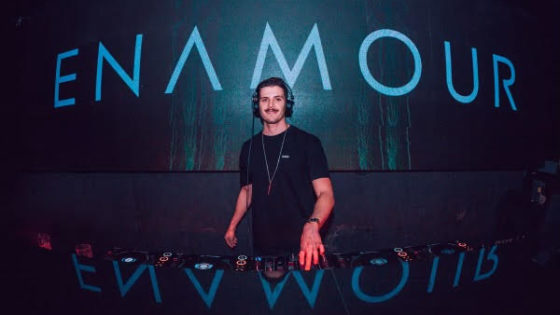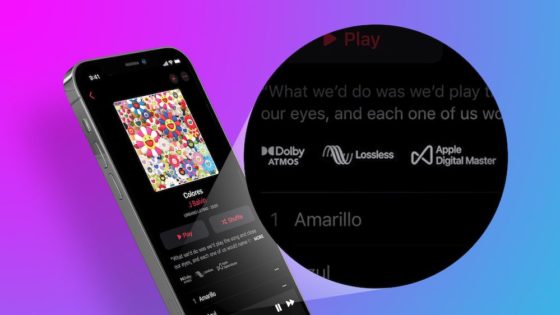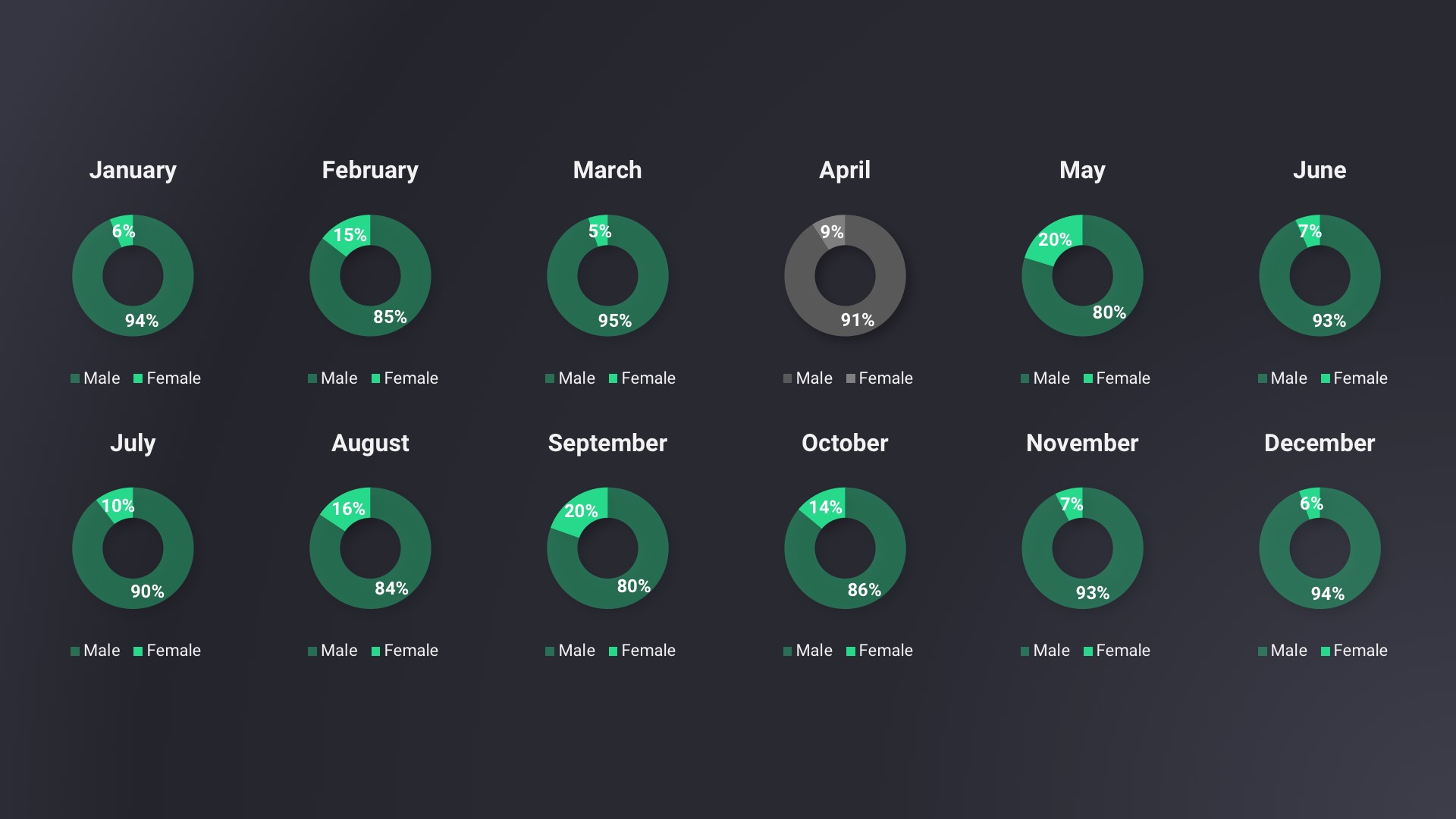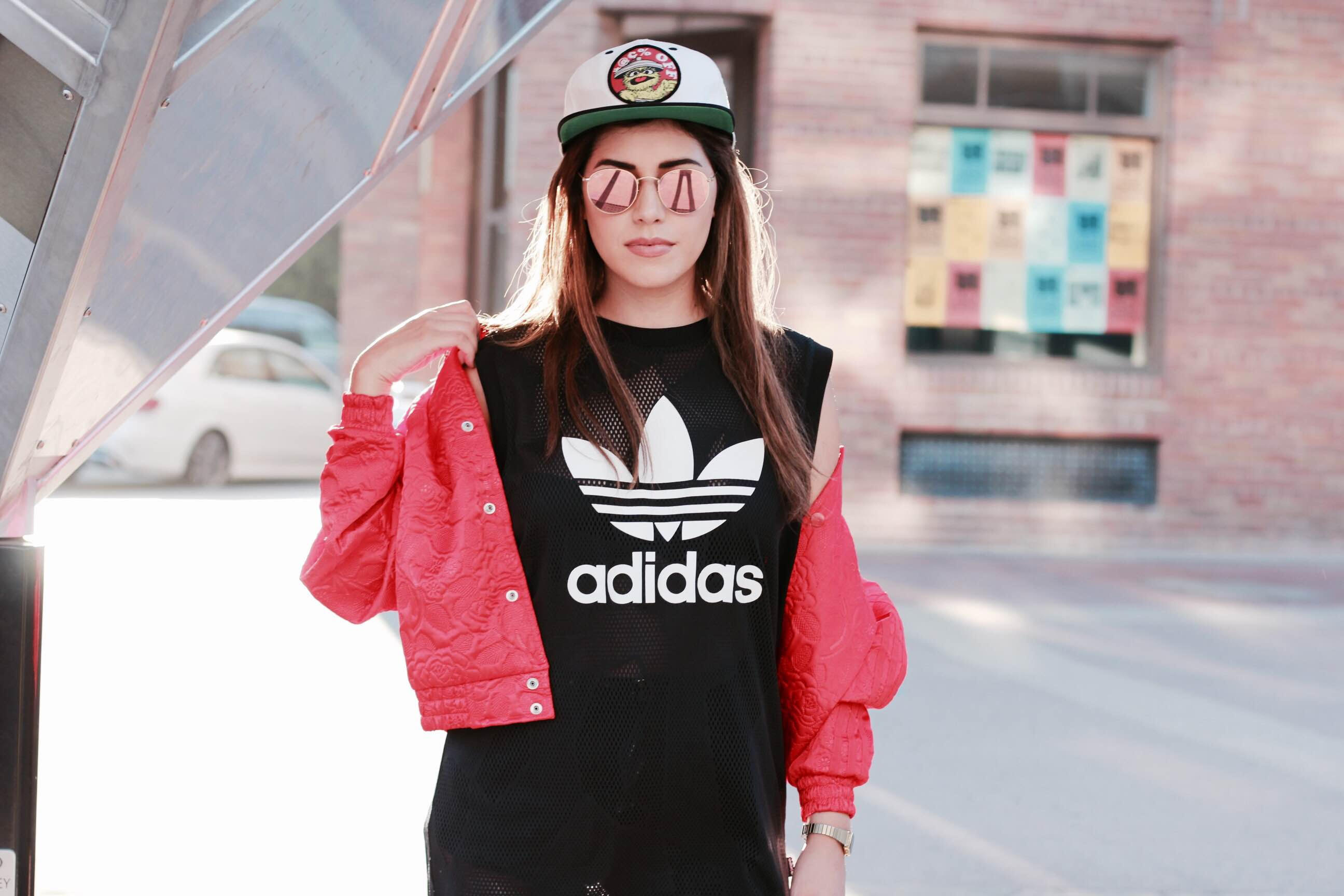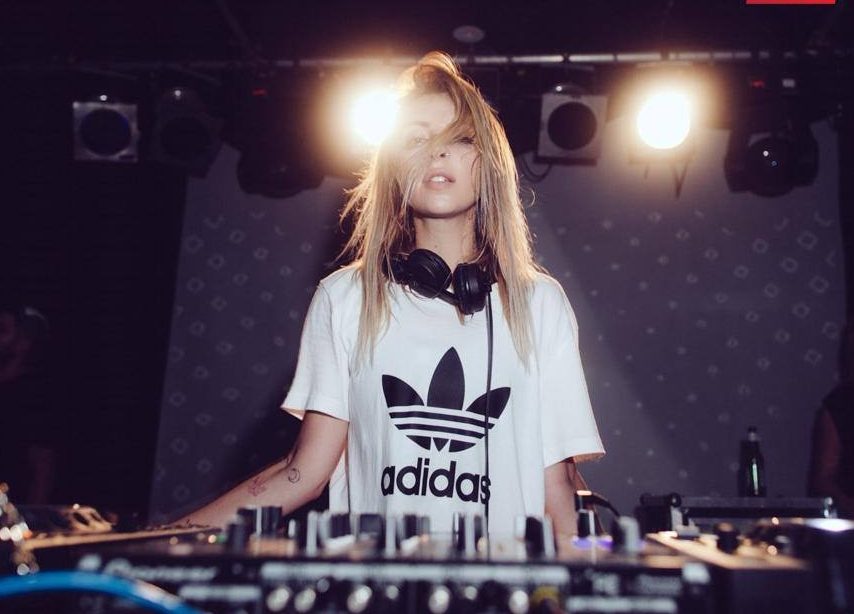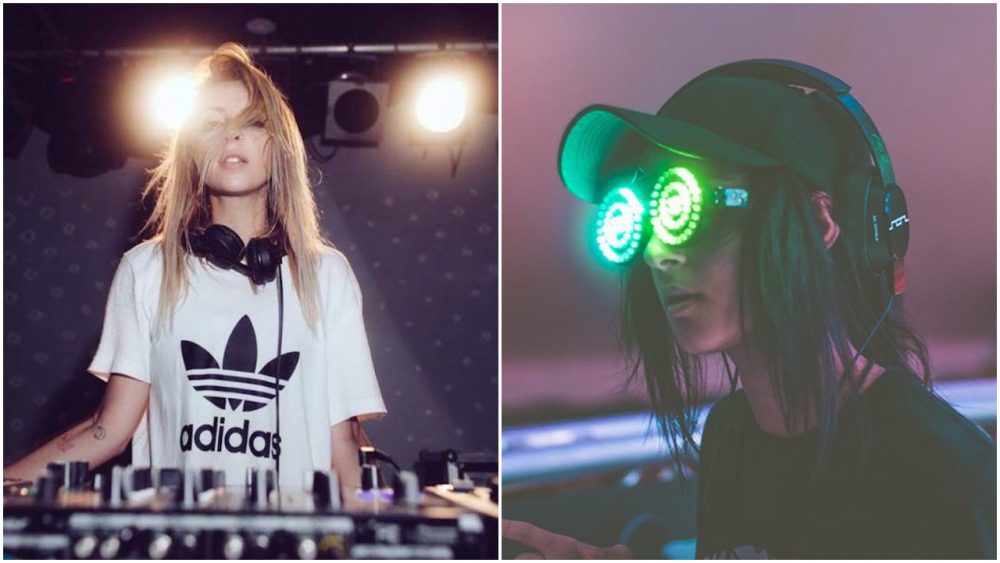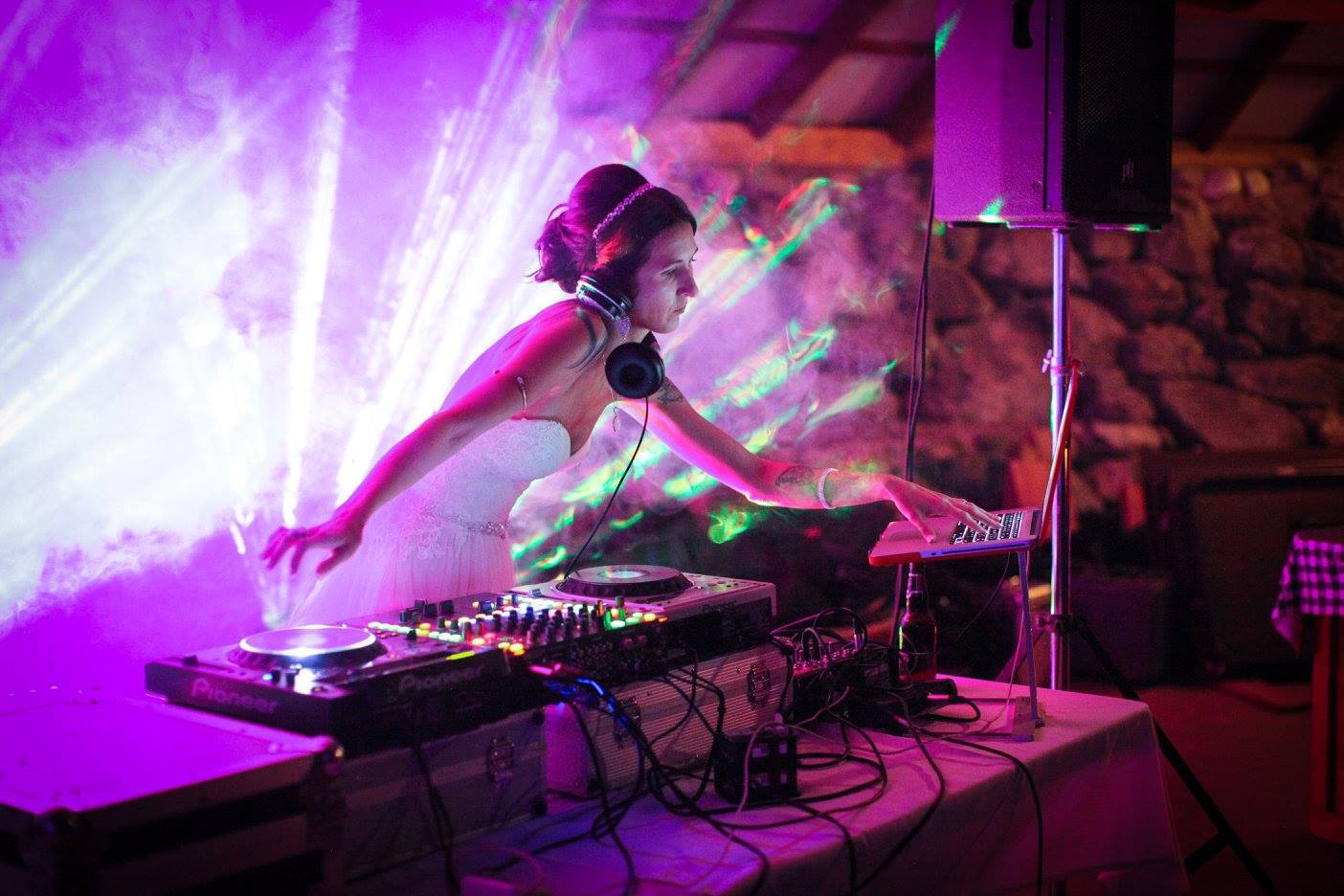Gender bias, discrimination, and disparities in lineups for shows and festivals are hotly debated in the nightlife world. While many reputable outlets have examined lineup disparities at a high level, historically these examinations have only targeted the world’s biggest festivals, creating an incomplete picture and opening the studies to legitimate criticism.
In 2017, Dance Music Northwest compiled a statistically significant database of nightlife events occurring in Seattle, WA. The survey consisted of nearly 600 events, spanning 14 venues and themes of all kinds. We collected this event data with the intention of turning a constructive research eye to various aspects of Northwest nightlife, in hopes of enriching and improving our music scene.
After some discussion, our team decided its first consideration would be this: Is it possible to quantify the gender balance of Seattle nightlife performances? We believed this analysis could be effective in opening up discussion around gender in nightlife, a critical but emotional topic – largely lacking in pure data – which often loses its railing to in-fighting and ad hominem.
The research we conducted reveals stark data about the gender balance of performers, and raises a number of important questions for further investigation. It is our hope that this study – along with subsequent data research and analysis – will provide a fact-based backdrop for productive gender discussions within the Pacific Northwest nightlife community.
More research is needed to transform this initial set of insights into truly actionable intelligence. We believe data on the active participant pools of male and female Seattle DJs, along with their average booking rate as a functional percentage of the total pool, are necessary data points needed to identify and address root causes.
This study is a first step toward those answers, and toward reshaping the conversation around gender in nightlife.
PROCESS: Our custom tools ingested event information in two ways: automated scraping of Facebook Events, and manual human backfill. Information was added to our database weekly. In order to make analyzing and querying the data easier, an event calendar application was created onsite.
METHODOLOGY: Our examination looked at data for every month in 2017. Daily data was broken into five categories: total number of events that day, number of male headliners, female headliners, male supporting artists, and female supporting artists.
We examined the lineups of each event, and created a breakdown of the artists on that billing in the aforementioned categories. Totals from each month provided a ratio of male to female artists.
Example
Below is a listing in our working event calendar: STUDIO 4/4: SASHA at Q Nightclub on February 23, 2017.
The listing provides all of the data we have in our event database, including time/date, location, headliner, and opening support; for this event, opening support is Foofou, Rhines, and Conner Thomas.
Not all listings have information in all categories. Some Facebook events are incomplete, with no 2nd source for human backfill; not all events have opening acts; and some events have multiple headliners.
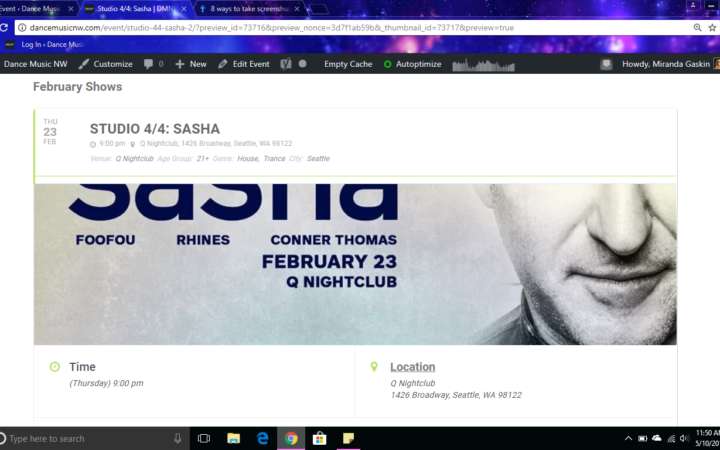
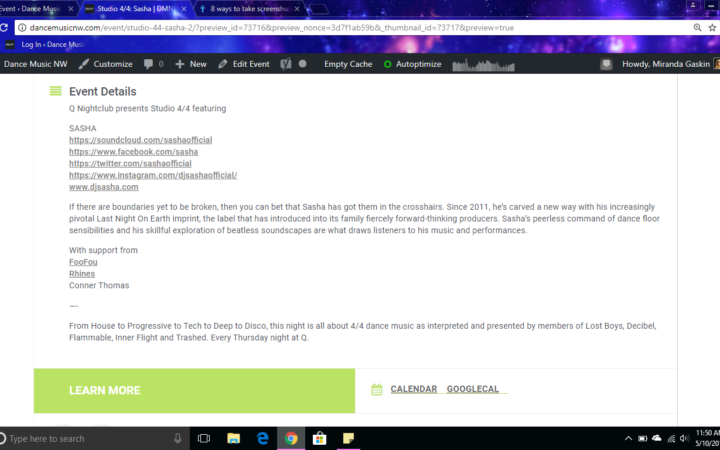
Here is an example of what a completed month of data looks like, in this case February 2017.
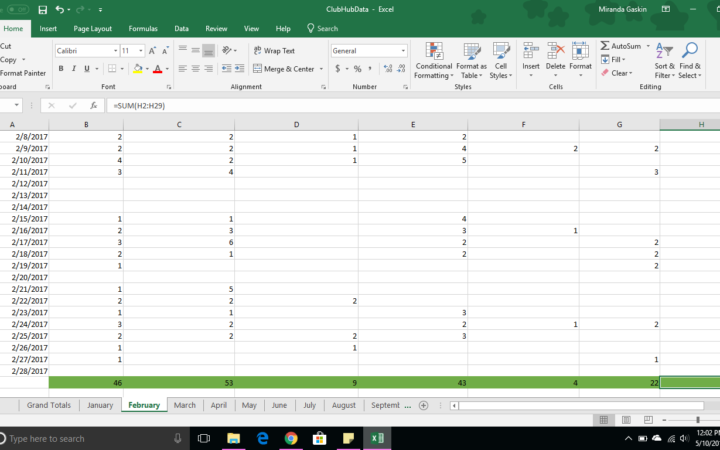
EXCEPTIONS: There are a few caveats to this data set which deserve mention.
- In April, DMNW underwent staffing changes, and only a small number of events were entered into our database.
- Some clubs host weeklies that bring in/change talent at the last minute. We made every effort to account for this in our database, but we cannot guarantee 100% of last-minute changes were logged.
- Ora, Cedar Room, and Timbre Room were not added to our tool soon enough to be included in this data.
Despite these exceptions, we are confident our database constitutes a far-reaching and comprehensive glimpse into who performed in Seattle nightlife venues in 2017.
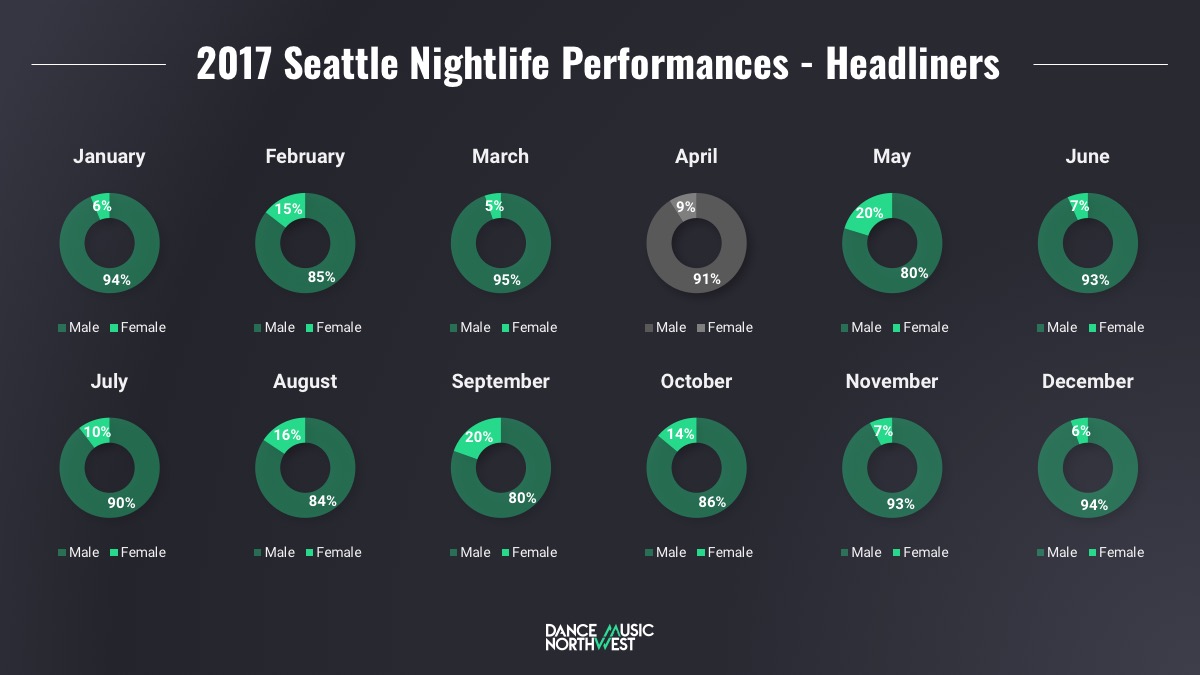
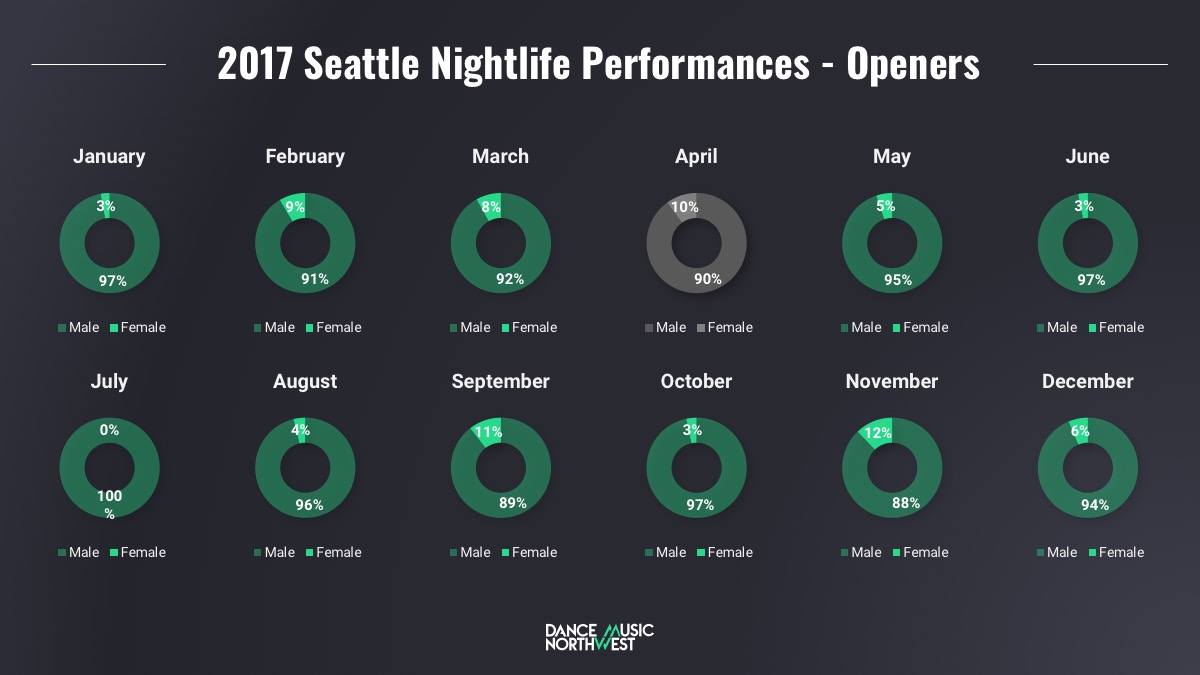
The Results
In 2017, our database and staff tracked a total of 585 nightlife events.
Our research concluded that 89% of headliner performances in 2017 were by male artists, and 11% were by female artists. The disparity in opening support is even more surprising, with 95% of opening support performances by male artists, and only 5% by female artists. We tallied a total 717 male headlining artists, and 93 female headlining artists. For opening support, there were a total of 604 male artists and 35 female artists.
This is a chasmic gap in the gender balance of live Seattle nightlife talent throughout 2017. Our current research is insufficient to surmise the causes of such a severe performance disparity, but it is clear male artists currently receive the overwhelming share of attention and dollars in the Seattle nightlife market.
It has been suggested that there are plenty of opportunities for women to become DJs, producers, or to be booked for shows.
Our findings show that, even though this is a powerful moment for women and many feel there are more opportunities than ever to live out their passion in the music industry, women are still not performing at the same rate as their male counterparts – at least in the Seattle market.
There are a host of reasons why this may be the case, including (but not limited to): politics, popularity, loyalty, profit, scheduling, work/life balance, total talent pools, etc. Whatever the reasons, it’s clear women are not experiencing the same amount of opportunities to perform in Seattle.
This is an issue I personally have witnessed and experienced. I used to DJ small raves and house parties. I managed to book a few shows, and as time went on I ran into numerous issues with booking managers. It didn’t matter that I was paid considerably less than my male counterparts.
I even offered to play for free, but was told that “as a woman I wouldn’t draw a large enough crowd to be a feasible asset to the lineup.” Because crowds allegedly didn’t want to see a woman play, I was overlooked. Unsurprisingly, this marked the end of my short-lived career as a DJ.
I was 19 years old at the time, and this was a crushing blow. I didn’t think I was good enough to be a part of this industry, and that I didn’t have anything worthwhile to contribute. Given our data here, I wouldn’t be surprised if other women had similar stories to share.
Ed. Note – Miranda was the primary data analyst for this article.
We believe this representative study, albeit a small subset of the overall Northwest music industry, sheds light on the following truth: significant gender imbalance in nightlife performances is real and present at the local Seattle level. During our research, we also learned that venues routinely grapple with their own gender imbalance issues.
“My problem isn’t booking women DJs. My problem is booking women DJs who will make us money, which is the same problem I have with male DJs,” said one high-ranking nightlife professional who wished to remain anonymous. “I have a really hard time coming up with more than 20 bankable local female DJs to book. We just don’t get mixes from them, and we receive 4 male requests to play for every 1 female.”
“I think this data should go to show that more women should throw their hats in the ring, because we love women DJs.”
We encourage our readers and industry professionals alike to engage in an open dialogue about this issue. As an organization we believe gender issues deserve attention and, where appropriate, institutional and behavioral changes. Sustainable solutions also require all involved parties to develop a deep understanding of the real-world challenges companies experience when booking shows and festivals.
Seattle has an incredible stable of female locals, and based on our experience we believe talent booking could more accurately reflect the overall musical landscape. That work requires all stakeholders at the table. We will continue our part, to analyze the data for signal amongst the noise and share it with our readers.
We hope this initial research sparks productive conversations about gender throughout the industry. We can enact significant positive change with sufficient energy and the right goals. We may even inspire future generations of female artists to become great too, by demonstrating they are integral to the scene, and that the skills and passion they have to contribute are valued.
Miranda Gaskin, Brenda Anderson, Edith Gonzalez, Ryley Campbell, Jen Ludington, Nick Bowman, and Glen Sears contributed to this report.
If you are a nightlife professional or performer with experience in the topics discussed here, please reach out to us. We’d like to hear your story.
Important things happen in Pacific Northwest nightlife, and DMNW will send you alerts!

